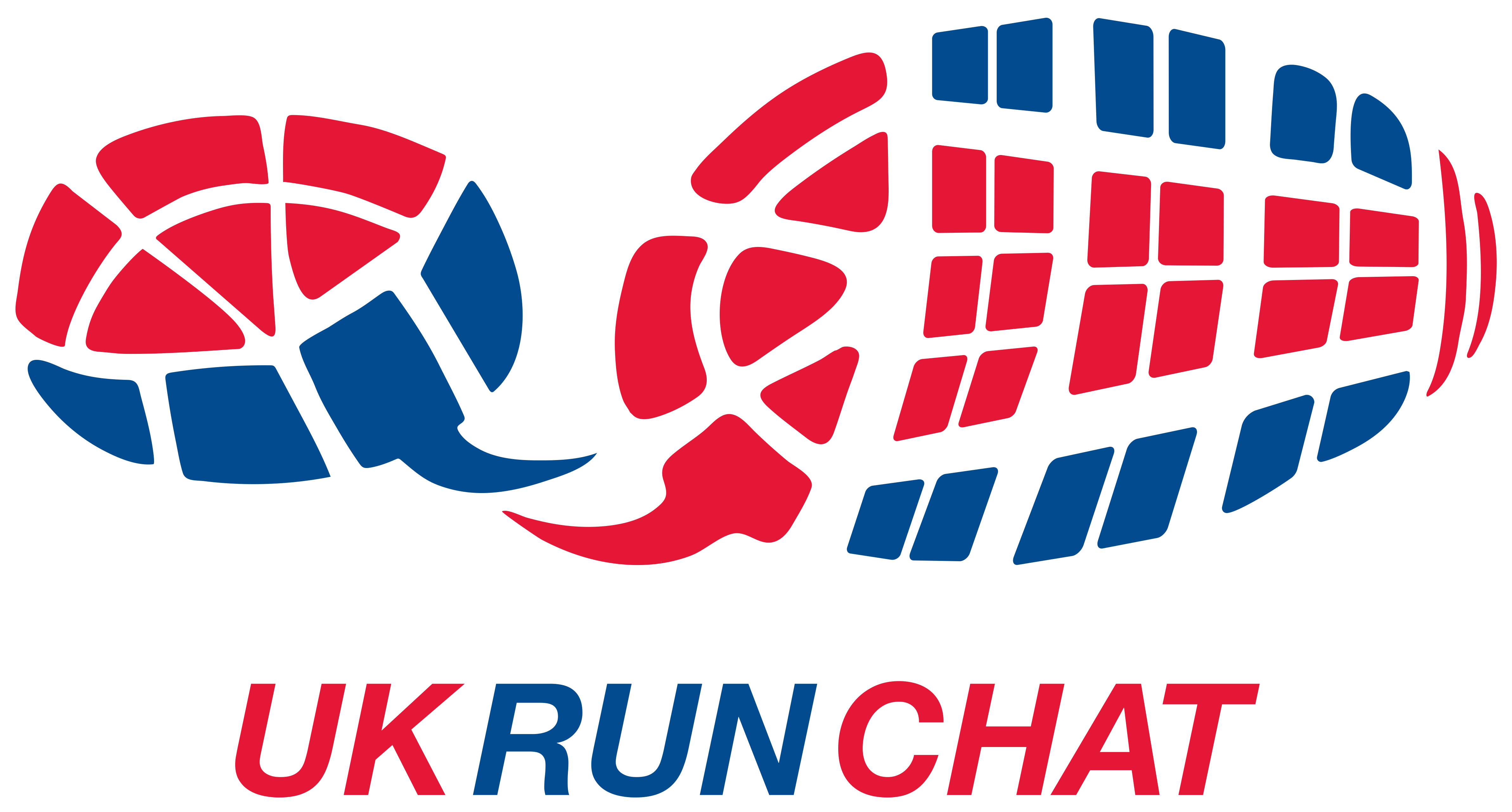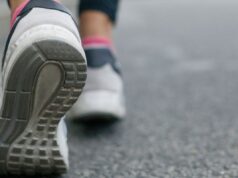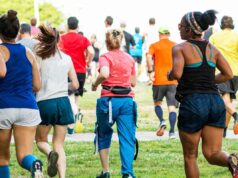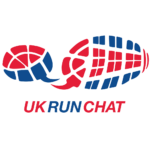It is an interesting fact that most people do not get injured on race day but actually during training and very close to race day. This is incredibly upsetting after all the training and preparation.
Injuries related to sport are very often due to an accumulative effect of a repetitive action on a particular set of muscles. Whenever I have anybody in front of me in the clinic the first question I ask is what do you do? What actions do you repeat? Running? Cycling? Jumping? Typing? If the repetition on a muscle is not given an antidote problems can arise as the imbalance of muscles literally pulls the body off kilter. Over tight muscles pull on their antagonistic pair therefore putting pressure on joints and nerves. At the end of the day the body literally connects together. As my old Injury therapist teacher used to ask
‘How many muscles in the body”
‘Just one’
The case of a runner
My first introduction to running injuries was my own experiences of runner’s knee. An injury that would eventually have me taking a year out of running. This was before I had discovered the damage I was doing to my body by constantly running and not addressing the need to re-balance my over tight Quadriceps, hamstrings, glutes and hip flexors.
Tight means short and short means knots. If these muscles are short they can literally over power the muscle on the opposite side (its antagonistic pair) and pull a joint off centre. In my case the knee. It was many years before I was put in touch with the now GB Athletics Director and Physiotherapist, Neil Black, who would ultimately teach me about Trigger Point Massage. A very quick and efficient way to get rid of ‘knots’ and so avoid tight contracted muscles. I have never suffered since.
Where do runners get tightness and knots?
Quadricep: Vastas lateralis
Hip Flexor: Tensor Fascia Latae (TFL) leading to a tight IT band
Calves ( Soleus and Gastrocnemius) and Quadriceps ( Rectus Femoris, Vastas lateralis and Intermedius)
HIp flexors (Psoas)
Gluteus ( Maximus and medius)
Feet
Trigger Point Therapy
The knots, or trigger points, tend to occur in the same place along everyone’s muscles. These tight little knots form when muscles fibres get so tangled that blood cannot flow through and release out the tension. Left untreated they can:
Cause pain both near and away from the original site (referred pain)
Make the muscle tighter and shorter.
Releasing Trigger Point knots
In order for these knots to release blood flow must re-enter the knotted fibres. Therapists do this using compression often with knuckles, thumbs and elbows. The compression need only last for a minute and the release feels tender at first and then fantastic.
Click her to read the Wellbrix Trigger Point massage guide
WellbriX and Recovery
WellbriX is a modular massage system with personalised programs designed to heal, prevent injury or just make you feel great. Essentially it gives you a deep tissue massage.
Way beyond standard foam rollers and massage balls, WellbriX is a breakthrough device that completely reinvents manual massage therapy. Its unique design uses the concepts of trigger point therapy, deep tissue massage and myofascial release, to provide fast relief from pain associated with muscle knots, tension and tightness. Ultra-portable, WellbriX is placed on a desk or floor and can be used while you sit, stand or lie down in any position. Plus you can magnetically connect and reconfigure its parts (briX) to hit virtually every muscle in the body.
With use you will intuitively learn where the muscle needs most work and alter the configuration your body weight for a sublime sports massage. Relaxing and quick.
Look out for this weekends competition from Wellbrix and you can use code XMAS to get discount on your Christmas gift to that special runner in your life.






